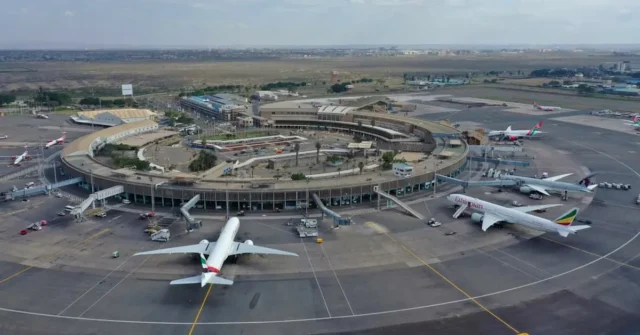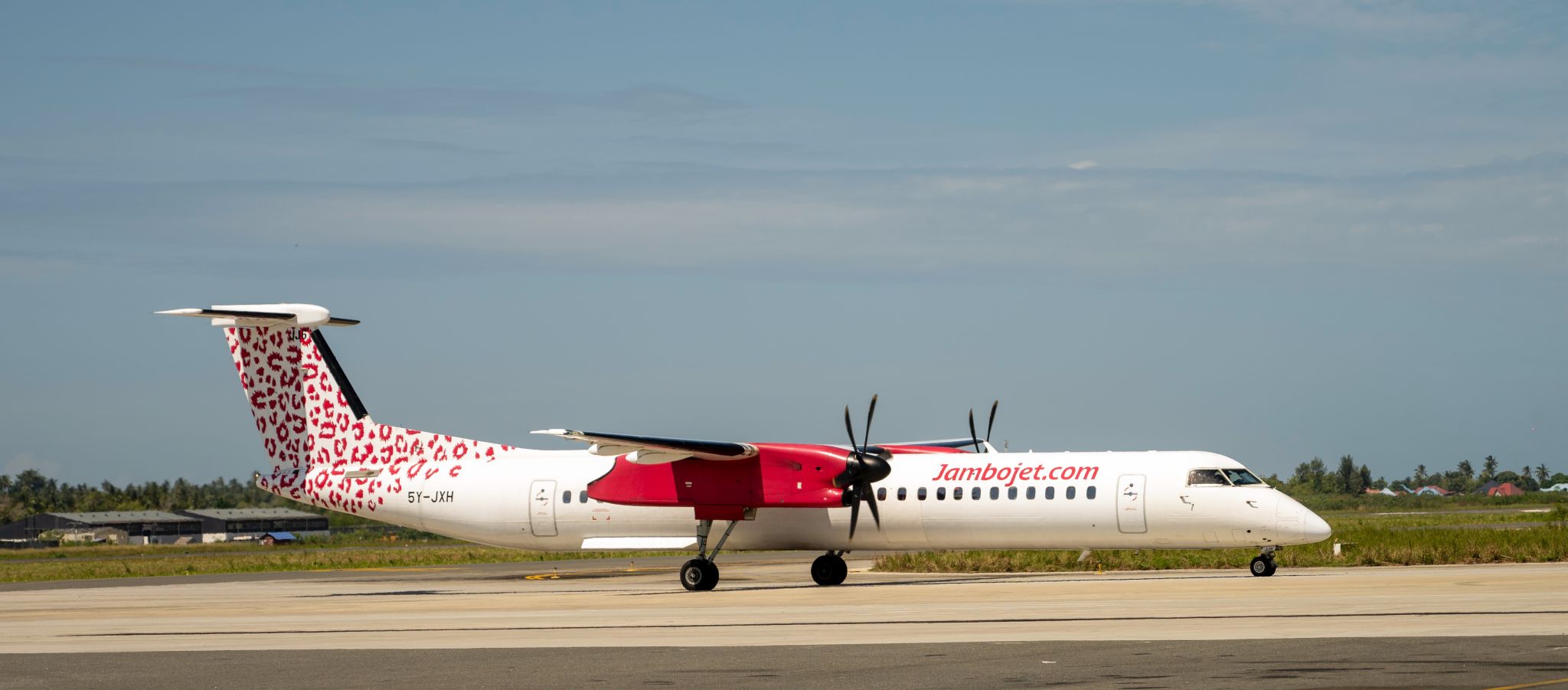The Value of Air Transport to Kenya: $3.3B GDP Contribution and 459,500 Jobs
Air Transport’s Role in Kenya’s Economy (IATA)

An IATA report, based on 2023 figures, details the contribution of air transport to Kenya’s economy.
Aviation’s Contribution to Kenya’s Economy
The aviation sector directly employs 21,100 people, generating USD 1.2 billion in economic output—equivalent to 1.1%of the nation’s GDP.
Broader economic benefits through supply chain activities, employee spending, and tourism contribute USD 3.3 billion to GDP, sustaining 459,500 jobs.

Furthermore, IATA reports that tourism supported by aviation contributes USD 1.2 billion to the country’s GDP, employing 242,200 people. International tourists to Kenya contribute an estimated USD 1.9 billion annually through purchases from local businesses.
Key Role of Air Cargo in 2023
In 2023, Kenya’s air cargo volumes amounted to 380,000 tonnes, supporting the country’s trade flows. According to Airports Council International (ACI) and the World Bank, Kenya ranked as the 35th largest air cargo market and the 94th largest trade market globally.
Passenger Trends: International & Domestic Balance
Domestic flights dominate Kenya’s passenger traffic, accounting for 60% of origin-destination travel, with international departures representing 40%—equal to 2.3 million passengers.
Africa was Kenya’s largest international passenger market (37% of the total), followed by Europe (28%), and the Middle East (13%).
Kenya’s Top Travel Destinations
Popular destinations included London (164.2K pax, 7.0%), Entebbe (126.9K, 5.4%), Dubai (121.7K, 5.2%), Johannesburg (75.5K, 3.2%), and Dar es Salaam (74.6K, 3.2%), as reported by IATA DDS, 2023.

Flight & Airport Statistics
IATA outlines that Kenya’s international air connectivity index has increased by 34% within Africa and 30% with other regions since 2014.
Currently, Kenya has: 28 airports handling scheduled flights, 66 international airports directly connected, 44 countries connected by direct flights, 82 outbound international flights daily, 20 new international routes added in the last five years and 44 operating airlines.

Focus on Infrastructure, Passenger & Cargo Facilitation, and Training
IATA’s Director General, Willie Walsh stated: “With Africa’s aviation market projected to grow at 3.7% over the next 20 years, the potential for these substantial economic and social benefits to grow are enormous. This will, however, require efficient, cost-competitive infrastructure, a skilled workforce, and achieving net zero carbon emissions by 2050,”
To ensure Kenya fully capitalises on this potential, IATA outlines three key priorities:
- Infrastructure Investments—IATA urges continued stakeholder collaboration and global alignment as Kenya expands its airport network. Efficiency and cost-effectiveness are key to strengthening Kenya’s role as East Africa’s leading trade and tourism hub.
- Passenger and Cargo Facilitation—Kenya’s electronic Travel Authorization (eTA) system has the potential toboost its appeal for leisure and business travel. As refinements continue, a digitalised facilitation strategy can further strengthen Kenya’s competitiveness as a key passenger and cargo hub.
- Capacity-Building—A skilled workforce is essential for aviation growth. Continued investment in technical operations, ground handling, maintenance, digital transformation, and sustainability training will shape Kenya’s future. IATA’s regional training centre, in partnership with Kenya Airways, plays a key role in developing the next generation of aviation professionals.
Kenya’s aviation sector remains a pillar of economic development, driving trade, tourism, and connectivity across the region.
Readers can reference the full IATA report for more insights into Kenya’s evolving aviation landscape.